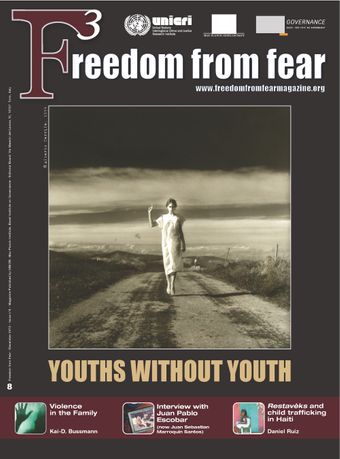-
Cybercrime-counterfeiting: The issue of “real-virtual’ interactions
- Source: Freedom from Fear, Volume 2010, Issue 8, Mar 2010, p. 68 - 69
-
- 12 Mar 2010
Abstract
Most professionals define cybercrime as: “Any illegal action in which a computer is the tool or object of the criminal offence.1 “However, this definition has the disadvantage of not taking into account the “offline world”. It means that many stakeholders, such as the French Customs, tend to broaden the de facto concept of cybercrime to acts that involve criminal flows, both in the real world and on the Internet, by using a computer. This broader view of cybercrime has the advantage of acknowledging - in theory - this type of crime in both the real and the virtual field. While the Internet is a difficult network to observe, assess and to conceptualize without technical intermediaries, it is reasonable to consider or assume that this broader view of cybercrime leads to a better understanding of the cyber phenomenon and its criminological implications. The well known phenomena of the counterfeiting of physical goods such as luxury goods (watches, cosmetics or accessories) and in the leisure industry (DVDs, video games or music), and its ramifications on the intersection of the real (factories and distribution networks) and the virtual (Internet), would then be especially relevant to unearthing many issues pertaining to cybercrime. Yet, with this hybrid vision of cybercrime it is quite the opposite that happens because reality tends rather to reflect the fragility of the binomial “Cybercrime - counterfeiting.”



